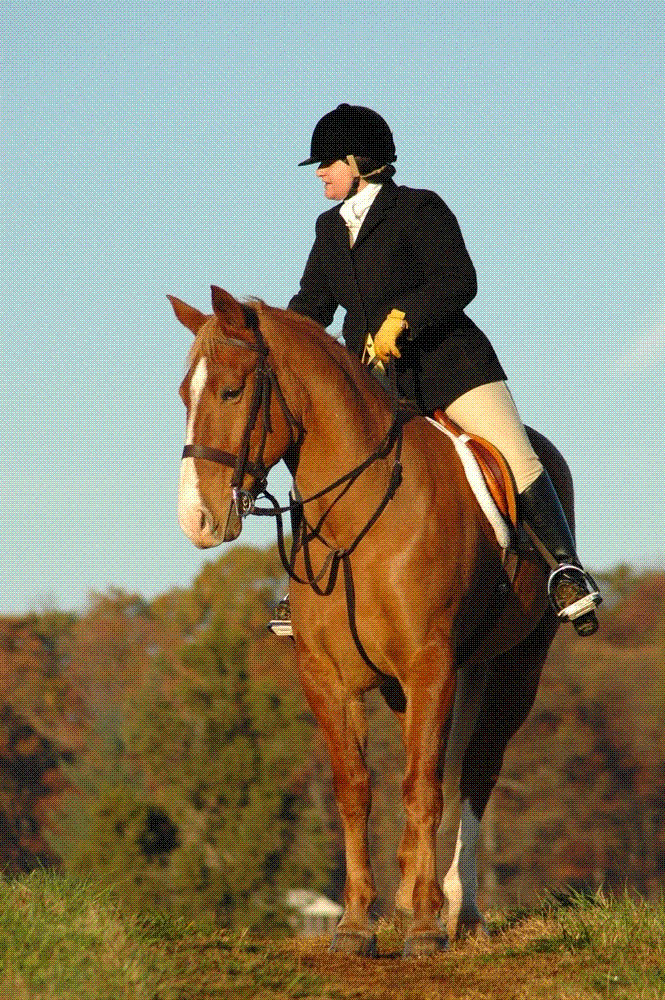You can take a hook-stud bridle and have your saddler remove the hook-stud and 2 loops on the back of each fastening, then sew the bit in - I’ve seen that work nicely if the stitching is neat.
Not a photo, but this passage from http://www.oldandsold.com/articles05/horse-4.shtml is interesting:
“In the construction of bridles we find three basic patterns. A few have reins which buckle in, as do the bits. These are ugly, bulky and, worse still, a hopeless chore to keep clean and neat. They are usually found only in cheaper grades or reclaimed military equipment. The majority of bridles on the market are finished with the so called “hook-in stud” for both reins and bits. These have all the advantages of buckles and are far neater in appearance. Dirt and grease will fill in around the attachments, but they can be cleaned with effort. For the utmost in satisfaction I advise that the reins and bits be stitched in permanently. Pick a good bridle and a bit to suit your needs and have your saddler finish them properly. In theory one may wish to keep switching bits in and out of any given bridle, but practically it just doesn’t work out that way. It is a good idea to have one old hook-in bridle for such experiments, but for the most part one should do less messing with various bittings and concentrate upon the skill to use any simple pattern which meets requirements. A sewn-in bit has many advantages. It is the mark of the competent workman and is the only type acceptable in the hunting field or show ring. My reason for favoring it, however, is that it is so much easier to keep clean.”
“There is one more type of bridle which will be of great use and should be in every owner’s stable. It is the simple watering bridle. This useful device consists of a pair of reins and a pair of snaps fastened to an old bit. In the case of a pelham bit two pairs of reins and a curb chain are required. The reins may be stout, well oiled leather or heavy canvas webbing. BV fastening the two snaps to the halter we have a bridle that will serve in emergencies and it will do for hacking on those rainy and muddy days which are so hard on our better bridles and upon the temper of the unfortunate soul who must do his own leather.” <- hah!
 - but the photo of the flat bridle that I found shows one with buckles.
- but the photo of the flat bridle that I found shows one with buckles.
